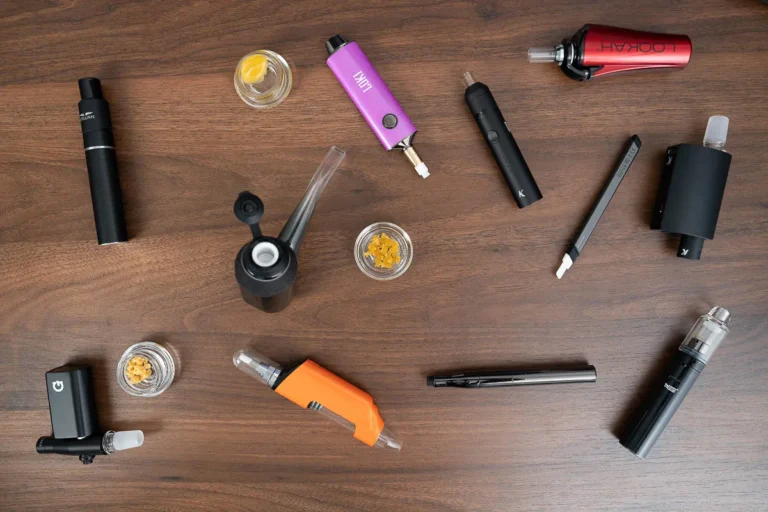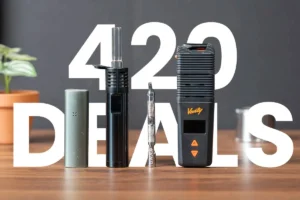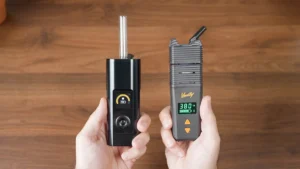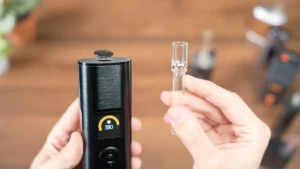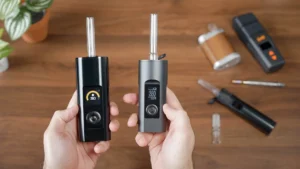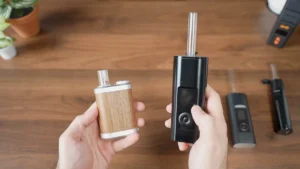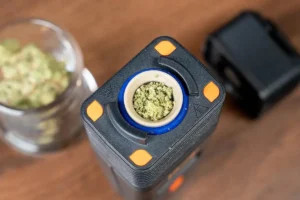Wax vs Oil
What’s The Difference?
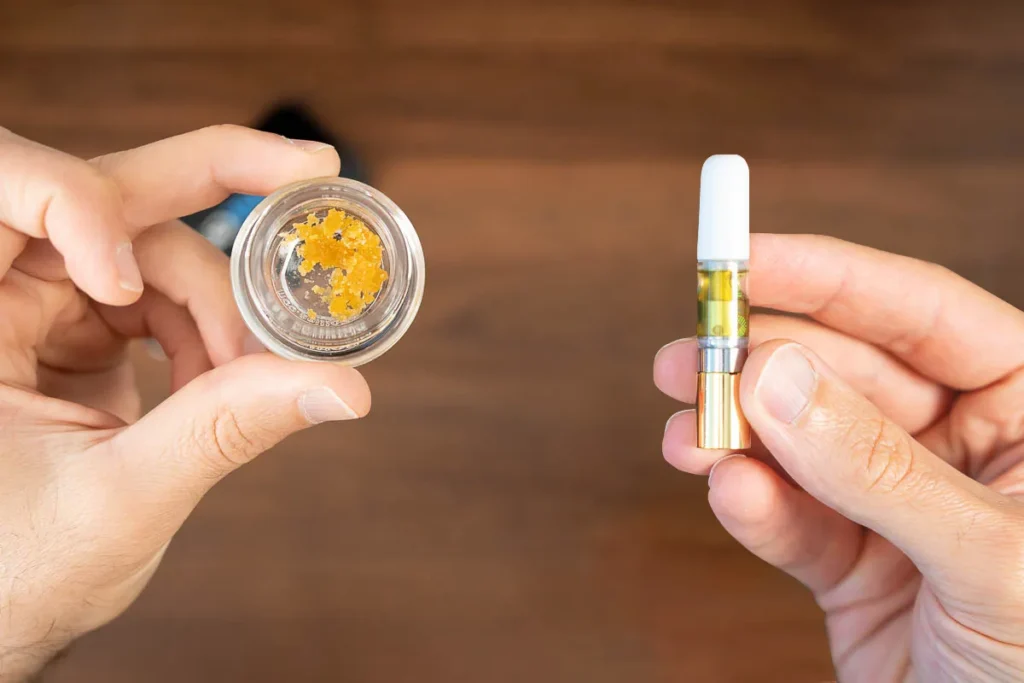
The names alone should tell you at least one of the big differences between wax and oil extracts, but there are greater differences besides those.
Consistency
WAX
Wax can come in a soft, semi-solid form as the name suggests, but it can also come in solid forms as well. The types of wax that go by names like shatter, crumble, or honeycomb are brittle solids that will nonetheless melt and vaporize when exposed to high enough temperatures. Wax extracts that have names like sap, live resin, or budder are softer, more pliable substances, exactly what you would expect from a substance called wax.
OIL
Oil is, of course, a liquid that comes in various viscosity levels, some oils are thin and others are denser, but they are all ultimately liquids.
Potency
WAX
Wax is easily the more intense of the two substances because of the extraction method used to create it. When wax is extracted from the cannabis plant, the substance created has a very high concentration of cannabinoids and terpenes, in other words, it is highly potent and very intense and can have THC concentrations of up to 90%.
OIL
By contrast, the production methods used to create oil end up diluting it somewhat so that the concentrations of cannabinoids and terpenes are not quite as high. That is because cannabis oil is usually cut with other oils during the production process in order to attain its fluidic consistency.
Types
WAX
As stated earlier, the type of wax depends on a lot of different factors, from the strain of marijuana used to the way that it is harvested to any special tweaks made during the manufacturing process. Here are some of the most common types of wax extracts.
- Shatter
- Budder
- Live Resin
- Crumble
- Wax
- Rosin
- Pull-and-Snap
- Honeycomb
OIL
There are different types of oil as well and they vary based on the type of extraction method used in the process.
- CBD Oil
- THC Oil
Wax Pens vs Oil Cartridges
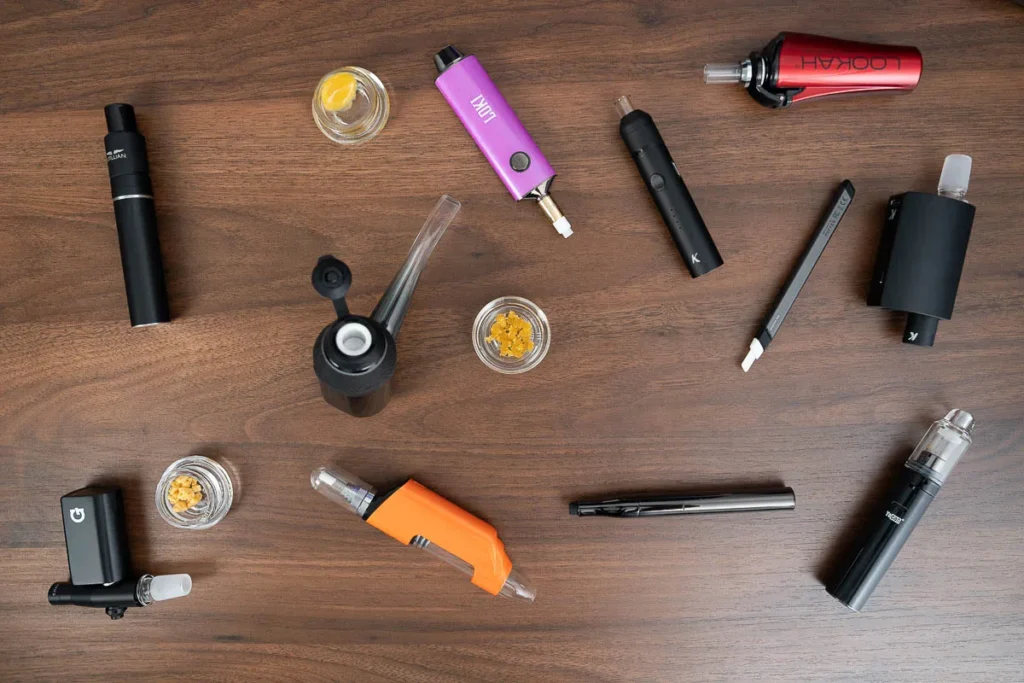
These are the main ways to use the respective extracts, though wax has other options as well. Each method has its own set of strengths and weaknesses, so let’s take a closer look.
Vape Pens
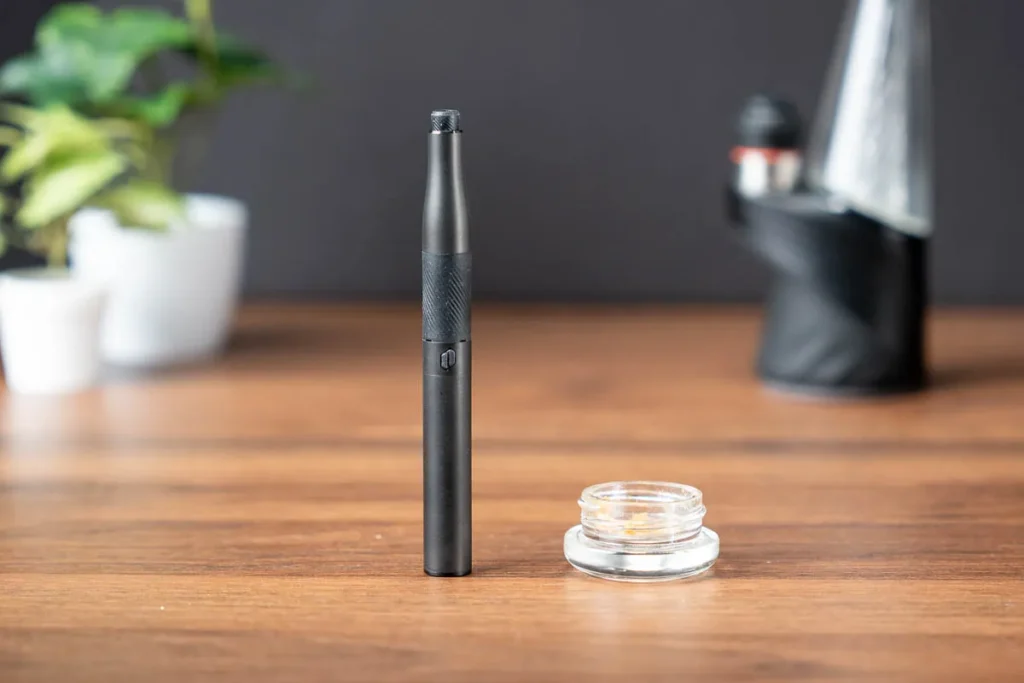
As you can tell by the name, vape pens are pen-shaped and pen-sized devices used to vape wax extracts. They are very simple devices that typically consist of a battery, an atomizer, and a mouthpiece. The battery is the main body of the vape pen and provides the power to heat the atomizer. The atomizer—aka the coil—is where the wax is placed and where it gets heated and vaporized. The battery and mouthpiece are pretty straightforward and easy to understand, but the atomizer may need some more explanation.
There are three different types of atomizers; quartz coil atomizers, ceramic bowl atomizers, and quartz bowl atomizers. Quartz coils heat up quickly and produce a lot of vapor, but the vapor is hot and intense. Ceramic and quartz bowls are, as their name suggests, bowls that are made from the respective substance. They are both better when it comes to flavor but not so much when it comes to vapor production. Some of the better dab pens will include two different types of atomizers in their kits, but most will have just one.
PROS
- Very easy to use
- Provide a good mix of intensity and flavor
- Wax & Dabs are Pure & potent
CONS
- Wax has to be reloaded into the coil often
- Stronger smell
Oil Cartridges
Oil cartridges are 510 threaded cartridges filled with THC or CBD oil. They have a mouthpiece on one end and 510 threading on the other, and they need to be attached to compatible batteries before they can be used. Once they have been connected to a battery, the user simply turns on the battery and inhales from the mouthpiece of the cartridge.
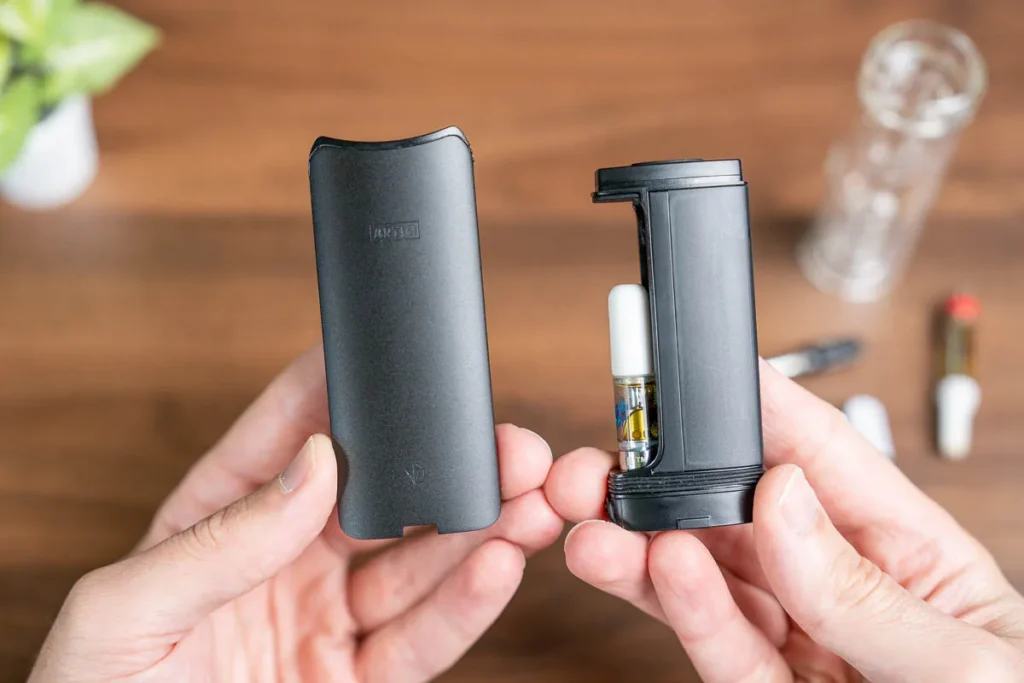
It is an extremely simple process, which is one of the reasons why oil cartridges are so appealing to many.
Another is that oil cartridges are less intense than wax extracts, so they are great for beginners or casual users. They are also one of the best ways of using CBD as well. Since they are disposable, there is no need to ever worry about clean up.
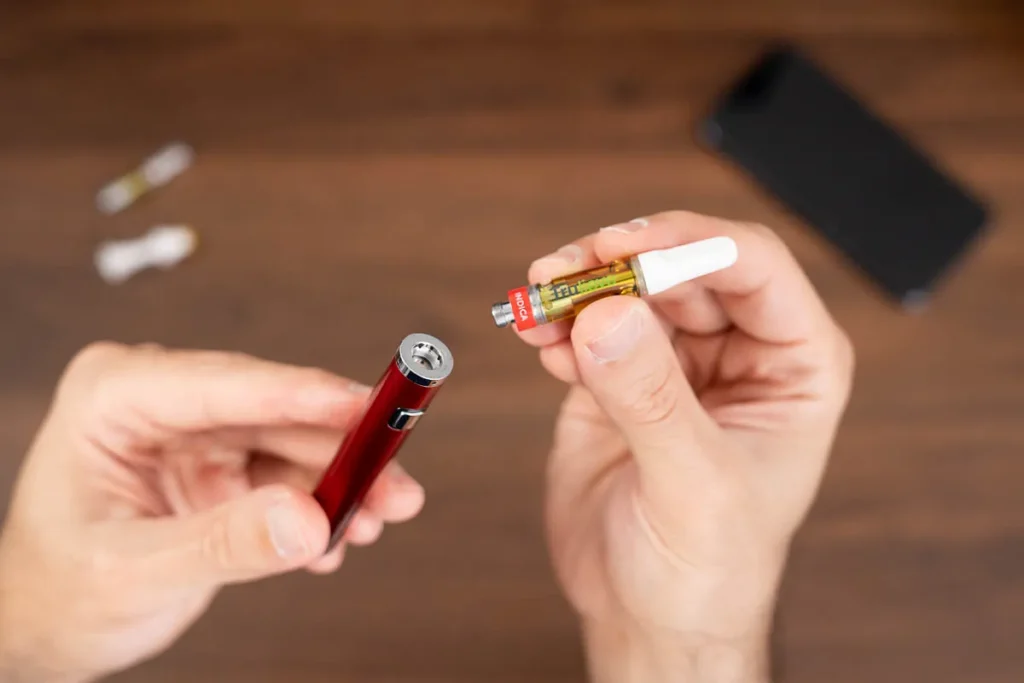
Unline Dab Pens that need constant refilling, Oil cartridges contain enough oil that will last most users a couple of weeks. So you buy the cart, screw it in, and you're all set.
Here are this year's top-rated 510 carts and 510 batteries.
PROS
- They are the easiest vaporizers to use
- Their disposable nature means that no cleanup is necessary
CONS
- Lack of intensity might be a turn off for some people
- Oil is less concentrated than Wax.
Types Of Wax
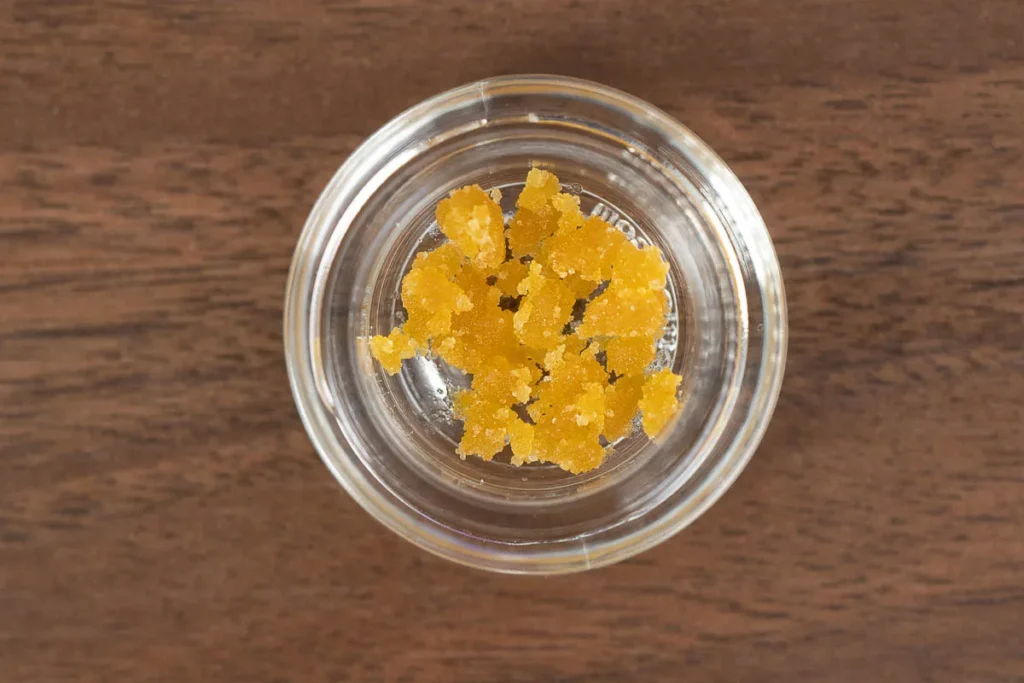
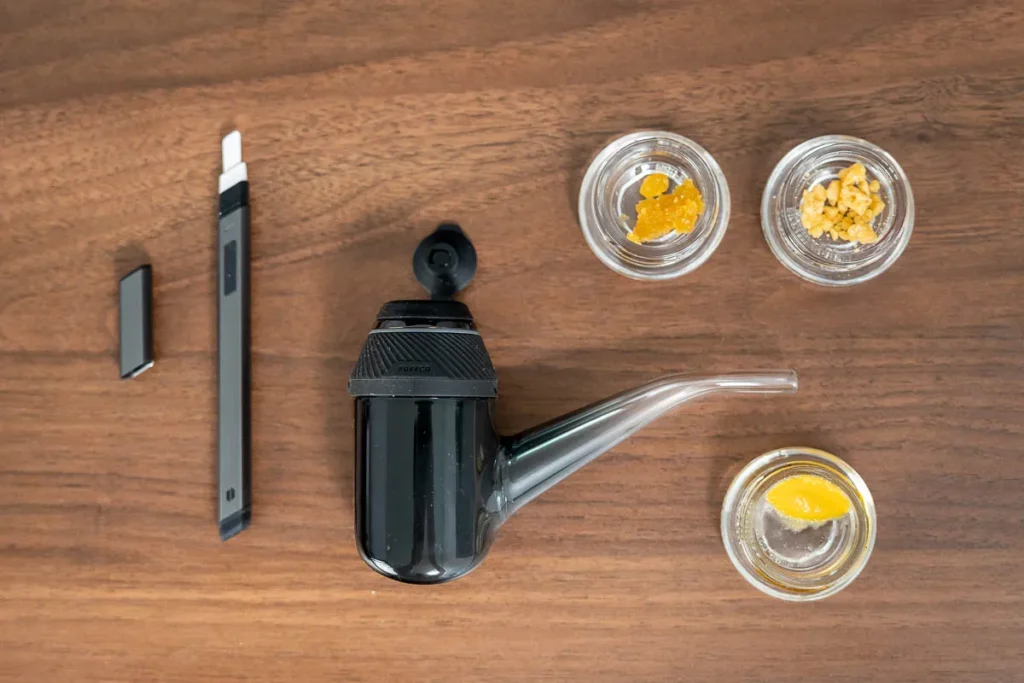
- Shatter – As you can probably tell by the name, this is a brittle, glass-like substance. It is one of the most popular types of extracts because it is very easy to use.
- Budder – This has a softer, more gooey consistency than other kinds of wax extracts. It can be a little harder to handle than the other types of extracts but it is terpene-rich and many vapers enjoy the flavor it produces.
- Live Resin – This is extracted from live plants rather than plants that have already been dried and cured. The extraction process is more complex, which means that the resulting extract is also more expensive. However, many vapers consider the extra cost to be worth it.
- Crumble – This is another case where the name matches the product. In this case, crumble consists of sticky crumbs of wax that form clumps. It is pretty easy to use, though storing it can be tricky.
- Wax – The originator of the name, and, as you would expect, it has a form that is similar to wax. That means that it is pretty sticky and needs to be handled using dab tools.
- Rosin – This is different from the other concentrates because it is made without the use of solvents. Instead, heat and pressure are applied to the marijuana plant to create this extract. That makes it the most natural of the extract types, which makes it the choice for the planet-friendly types.
- Pull-and-Snap – This has a consistency similar to that of taffy and is one of the easier extracts to handle. That is because it is soft and pliable enough that you can pull on it and snap of the amount you need, just as the name says. You then roll that piece into a little ball and place it into your vaporizer of choice.
- Honeycomb – This extract type is a brittle sheet with many small holes interspersed throughout it. It is one of the more common types of wax and is very easy to use.
Types of Oil
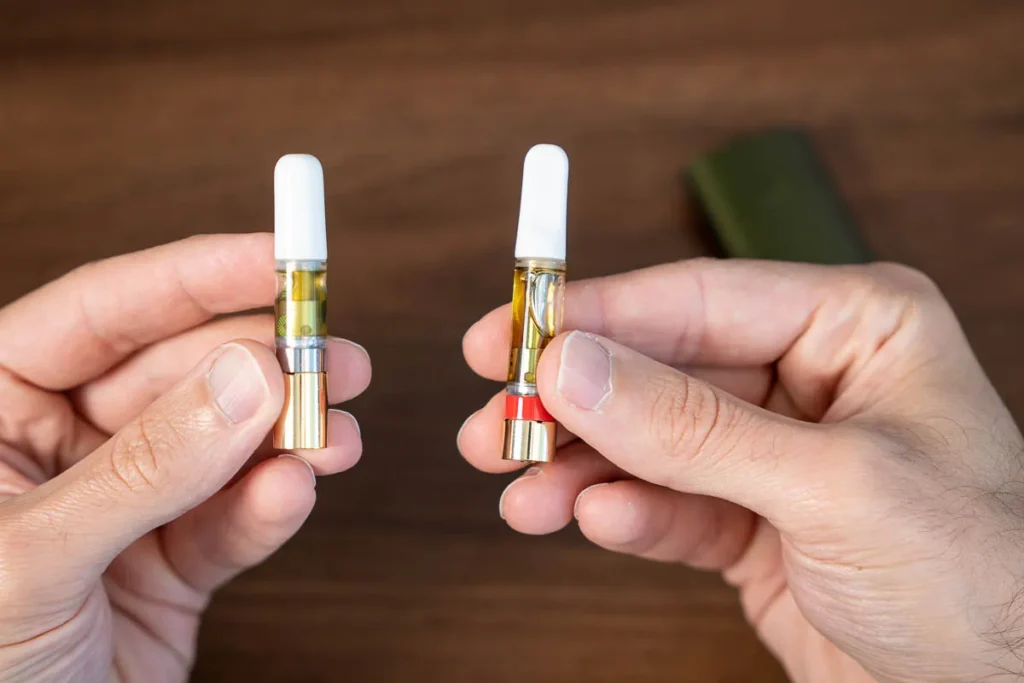
- CBD Oil – As the name says, this is made using the hemp plant, so this oil contains little to no THC and is rich in CBD. That means it can be safely sold in all fifty states. CBD oil can be purely CBD but it can also be full spectrum, which means that it contains other cannabinoids besides just CBD.
- THC Oil – This is a popular type of oil because the supercritical extraction method creates an extract that is low in toxicity. That is because CO2 is a pure substance that does not leave any residue behind once it has been removed from the oil after the extraction process is complete.
FAQs
What is the process of making Extracts?
Basically, extracts are made by placing the marijuana plant matter into a specialized extraction machine and then using a hydrocarbon solvent like butane or ethanol to separate the cannabinoids from the plant matter. The solvent saturates the plant matter and bonds to its various compounds, which consist of cannabinoids, terpenes, and lipids. The solvent is then cooled down to subzero temperatures; this solidifies the lipids which get separated from the part of the solvent that has the THC, other cannabinoids, and terpenes.
A filter then traps the lipids as the rest of the solvent gets transferred to a heating chamber. In that chamber, the butane—or whichever type of hydrocarbon was used—gets boiled off, leaving behind a potent, sticky substance that is extremely high in cannabinoids and terpenes. That substance is then purified by going through a final step called degasification. The extract is placed in a vacuum chamber where the last of the hydrocarbons are sucked out as they boil off.
The properties of the resulting extract vary depending on a few different factors, but the main one is the type of marijuana that was used at the beginning of the process. Some strains produce a solid extract while others produce an extract that is more like a thick, viscous liquid. The nature of the marijuana plant also plays a part in how the extract will turn out; some manufacturers use plants that have been dried and cured, others use plants that have been freshly harvested. Some manufacturers also freeze the plants before putting them in the extractor.
Certain tweaks during the extraction process can also yield varying results. For example, pouring the extract into a pyrex container and whipping it as it heats creates a gooey substance that goes by the name budder.
Can I Make My Own Extracts?
Extraction is a very complex and advanced process that requires expensive lab equipment and trained professionals to operate that equipment. In other words, it requires a lot of resources and is not something that you can do by yourself. There is also the fact that whatever solvent is used in the extraction process needs to be completely removed from the final product.
An amateur would not be able to guarantee that their final product is completely pure and an impure extract can have dire consequences. Furthermore, there is the fact that most solvents used in the extraction process are alcohols, which means that they are flammable, so safety is also a concern. For all of these reasons, it is best if extract making is left to the professionals.
What Is a 510 Thread?
510 threading is the type of threading on the screws used on all batteries, and some vape pens, in the vaping industry. They are also the standard for oil cartridges. What this means is that any oil cartridge can be connected to any device that is 510 threaded. Some of the best 510 batteries will have some way of adjusting the voltage so that the user can calibrate the vaping experience to their liking.
What types of extracts are available?
Both wax and oil extracts come in a variety of different types, which shouldn’t be much of a surprise since the marijuana plant comes in a lot of different strains as well. Here are some of the types of wax and oils that you can expect.
